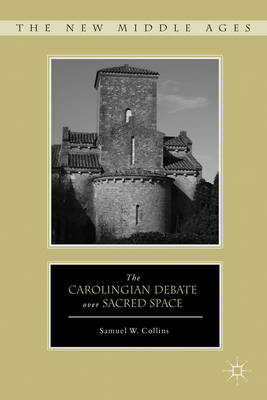New Middle Ages
1 total work
Retracing the contours of a bitter controversy over the meaning of sacred architecture that flared up among some of the leading lights of the Carolingian renaissance, Samuel Collins explores how ninth-century authors articulated the relationship of form to function and ideal to reality in the ecclesiastical architecture of the Carolingian empire. This debate involved many of the major figures of the era, and at its core questioned what it meant for any given place or building to be thought of as specially holy. Many of the signature moments of the Carolingian Renaissance, in church reform, law, and political theory, depended on rival and bitterly controversial definitions of sacred architecture in the material world.
